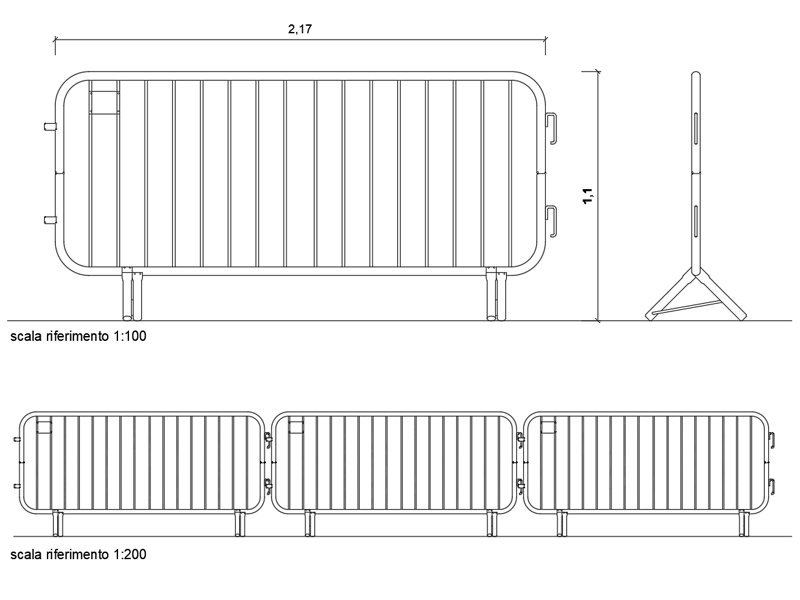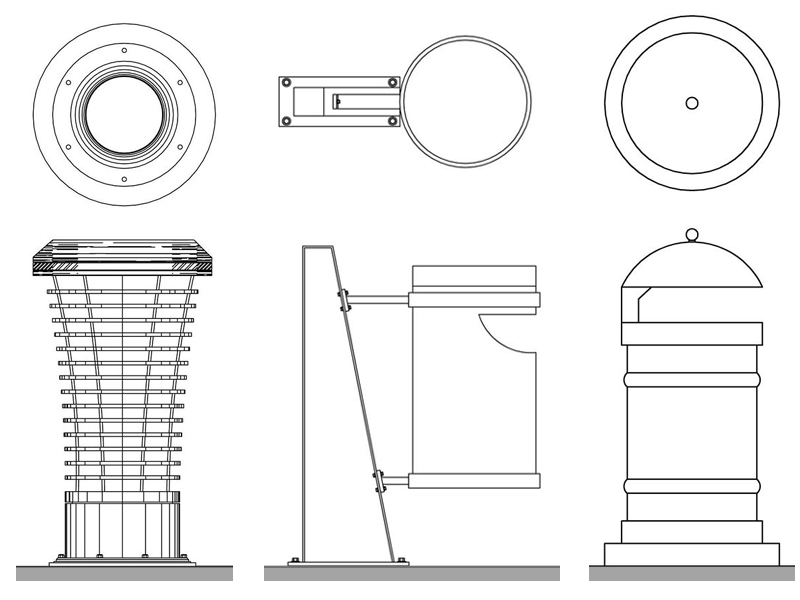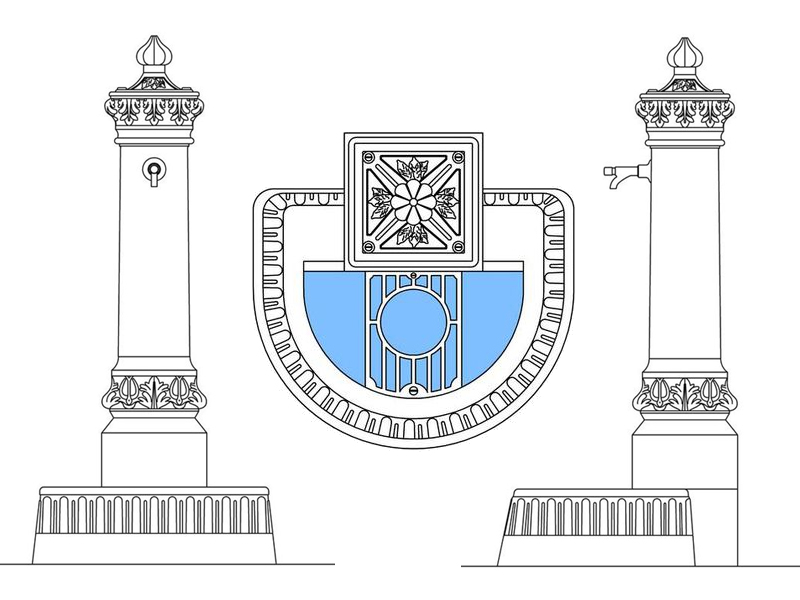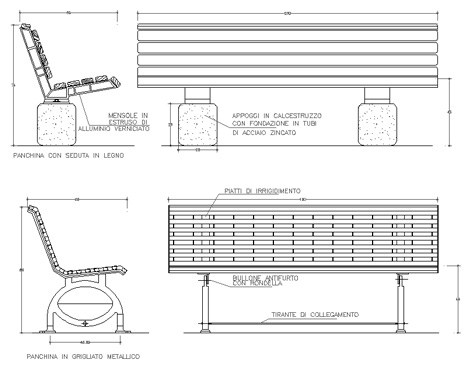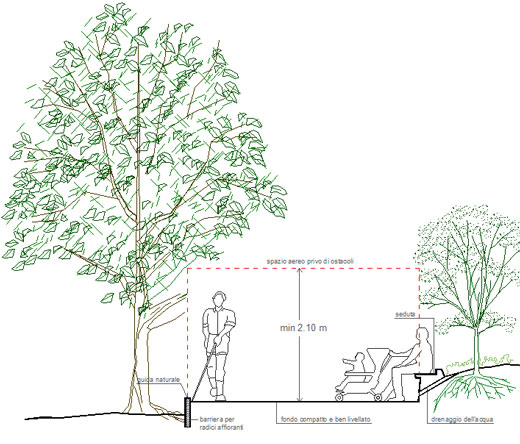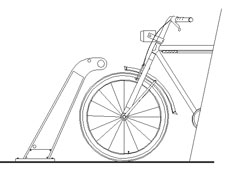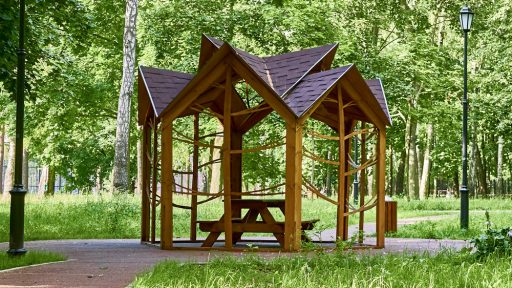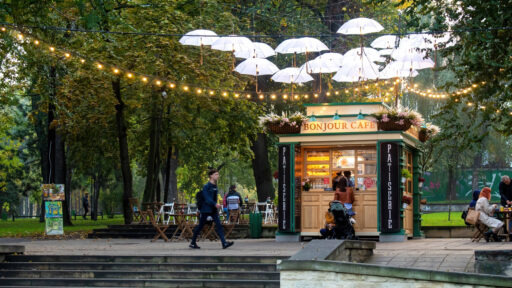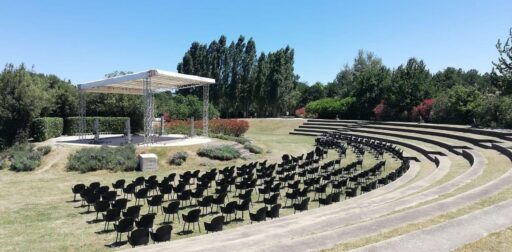Urban furniture for parks and gardens
Types of furniture and sustainable options
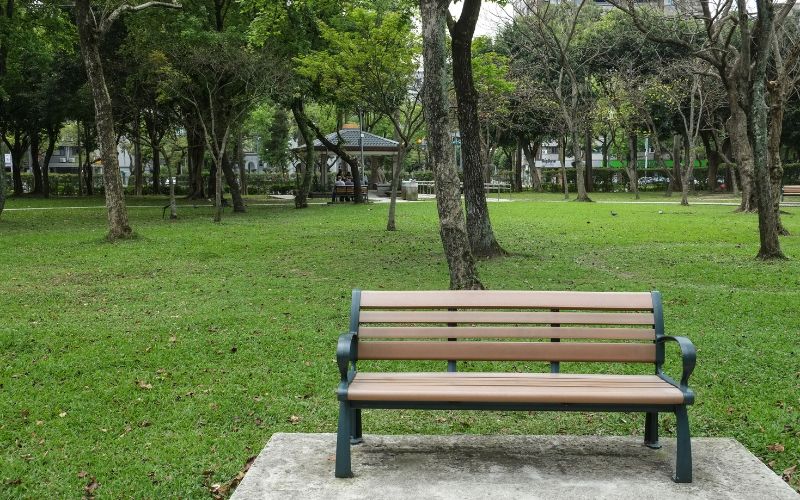
Street furniture plays a fundamental role in the enhancement of public spaces, especially when it comes to parks and gardens. In fact, furniture is an essential component of public green areas that often goes unnoticed, but which plays a primary function in shaping our outdoor experiences.
All functional elements are part of street furniture, such as benches, waste bins and fountains, planters, signs and information panels, bicycle racks, which contribute to making a park or green area comfortable and inviting. It’s not just about aesthetics, but about fostering interaction between communities, encouraging outdoor activities and promoting environmental conservation.
As we delve deeper into this fascinating topic, we will explore different designs, the importance of their strategic positioning and the evolution of street furniture in enhancing the appeal of our beloved parks and gardens. In fact, well-designed street furniture can transform a simple park into a welcoming and functional place, which invites people to spend time outdoors and enjoy the beauty of the surrounding nature.
The importance of well-designed street furniture to enhance public spaces
Well-designed street furniture can significantly improve the appearance and use of public spaces, especially when it comes to parks and gardens. As well as providing comfortable and functional seating, street furniture can also provide opportunities for recreational activities, such as jogging tracks, children’s play areas and spaces for socialising.
Furthermore, well-designed street furniture can help create a pleasant and inviting atmosphere, which encourages people to visit and use public spaces. Particular attention must be paid to the design and quality of the materials used, in order to ensure that the street furniture is durable and weatherproof, as well as aesthetically pleasing.
Types of street furniture commonly used in parks and gardens
There are many types of street furniture that can be used in public parks and gardens, each with its own function and purpose.
Urban furniture for parks: essential elements
Among the furnishing elements that cannot be missing in an urban public green space are:
- Benches. Benches are one of the most common elements of street furniture and offer a comfortable place to sit and relax. They can be made of different materials, such as wood, metal or concrete, depending on the style and needs of the park or garden.
- Waste bins. Waste bins are essential for keeping public spaces clean. They must be placed strategically throughout the park or garden, so that they are easily accessible and visible to visitors.
- Fountains. In addition to providing the possibility of quenching one’s thirst, they can be a very beautiful decorative element in public parks and gardens. They can provide a visual focal point and a pleasant, soothing sound of moving water.
- Bike racks. To be placed near the entrances to the park.
- The signage. In the context of a public park, signage plays a crucial role in providing information and directions for visitors to move and explore it. A well-designed signage system serves multiple functions, helping people orient themselves and discover various attractions. Signage may include maps, trail signs, information panels and directional indicators. By using a clear and visually appealing sign system, parks can improve the visitor experience and ensure they have easy access to the area’s services and features.
Other furnishings for urban green areas
The introduction of the elements we list below depends above all on the size of the park.
- Games for children. Rides, swings and other games require a sufficiently large space, and in a position easily accessible from the park entrance.
- Picnic area. Equipped with tables and benches to enjoy meals outdoors.
- Gazebo. Made of wood or other materials, they are a sought-after refuge for those who don’t like to spend much time under the sun or for those who want to carry out outdoor activities even on rainy days.
- Decorative and landscape elements. That is, elements that mostly have a decorative function. Artificial streams, flower boxes, water features, bridges, art installations, works of art etc..
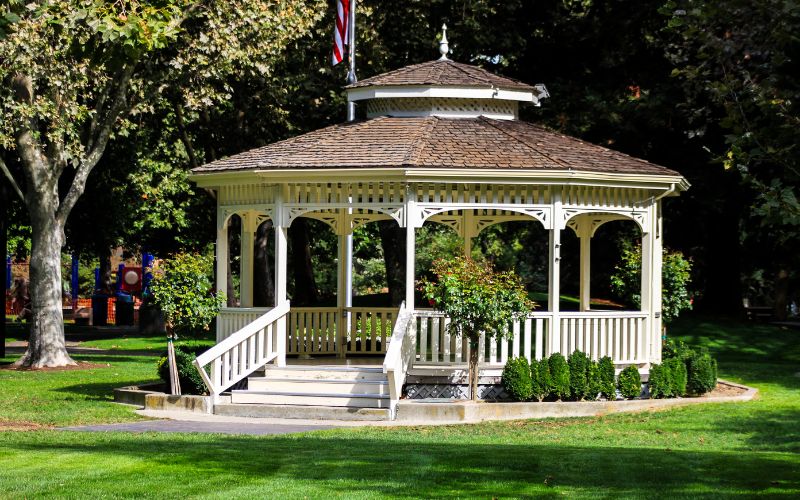
Factors to consider when choosing furnishing elements for public spaces
When choosing street furniture for public parks and gardens, there are several important factors to take into consideration:
Functionality. Street furniture must be functional and suitable for user needs. For example, benches must be comfortable and allow for prolonged sitting without causing discomfort.
Duration. Street furniture must be made with durable, quality materials, so that it can resist bad weather and wear. This ensures that the street furniture can be preserved over time without requiring expensive short-term repairs or replacements.
Style. The street furniture must be consistent with the style and atmosphere of the park or garden. For example, if the park has a modern design, the street furniture should be contemporary and minimalist. While, for historic parks, which perhaps house an Art Nouveau villa, you can opt for elements with more elaborate lines.
Sustainable street furniture options for parks and gardens
The adoption of eco-sustainable street furniture in parks is a significant step towards reducing the environmental impact of these public spaces. This type of furniture is designed and created with an eye to respect for the environment. The materials used are often recycled or sustainably sourced to minimize the depletion of natural resources. Furthermore, the production process itself is designed to limit pollution and energy consumption.
In addition to the production process, the lifespan of sustainable street furniture is another crucial factor that contributes to the protection of the natural environment. These parts are built to last, reducing the need for frequent replacement and thus minimizing waste. Furthermore, they can be recycled at the end of their useful life, contributing to a circular economy.
Sustainable street furniture also encourages eco-friendly behavior among park-goers. For example, strategically placed recycling bins can promote proper waste disposal among the public. Furthermore, the presence of bicycle racks can encourage visitors to choose more environmentally friendly modes of transport.
In conclusion, eco-sustainable street furniture in parks not only reduces environmental impact, but also promotes a culture of sustainability among users. As we strive for a greener future, it is vital that every aspect of our public spaces reflects this goal.
The integration of art and aesthetics in street furniture design
Art and aesthetics can play an important role in the design of street furniture for parks and public gardens. Adding artistic elements, such as sculptures, installations or murals, can make public spaces more interesting and attractive to visitors.
Furthermore, street furniture design itself can be an opportunity to express creativity and aesthetics. For example, benches can have unique shapes or decorative details that make them a real design element.
Examples of successful installations
There are many examples of successful street furniture installations in public parks and gardens around the world. Let’s see some examples:
High Line Park in New York. It is famous for its innovative and creative furniture elements, which combines modern benches, sitting areas and green spaces.
Parc de la Villette in Paris. It features a series of sculptures and artworks that serve as decorative and functional elements in public space.
Parc Guell in Barcelona. It’s not just a park, but a stunning showcase of architectural brilliance. One of the most fascinating features of the park is the street furniture. The furniture, designed by Antoni Gaudì, perfectly combines functionality and artistic creativity. Among the most significant pieces are the serpentine bench, a long, sinuous seating area that offers a panoramic view of Barcelona, and the famous mosaic dragon fountain. The fusion of natural elements and urban functionality is also visible in the birds’ nests incorporated into the park’s pillars. These furnishing elements not only enhance the aesthetic appeal of Parc Guell, but also contribute to its unique identity as a UNESCO World Heritage Site.
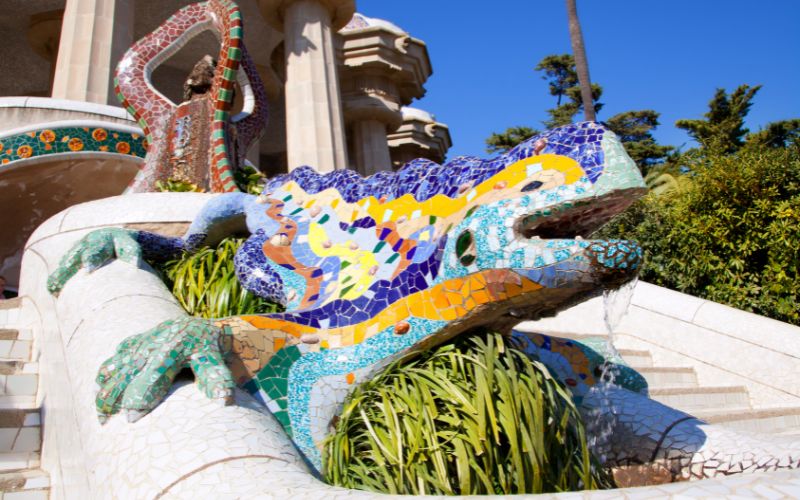
Conclusions
In conclusion, street furniture plays a fundamental role in the enhancement of public parks and gardens. Well-designed street furniture not only makes public spaces more functional and inviting, but can also promote sustainability and art. The importance of quality street furniture cannot be underestimated, as it helps to improve the quality of life and well-being of people who use public spaces.
Cover photo: ChuangTzuDreaming from Getty Images






























































